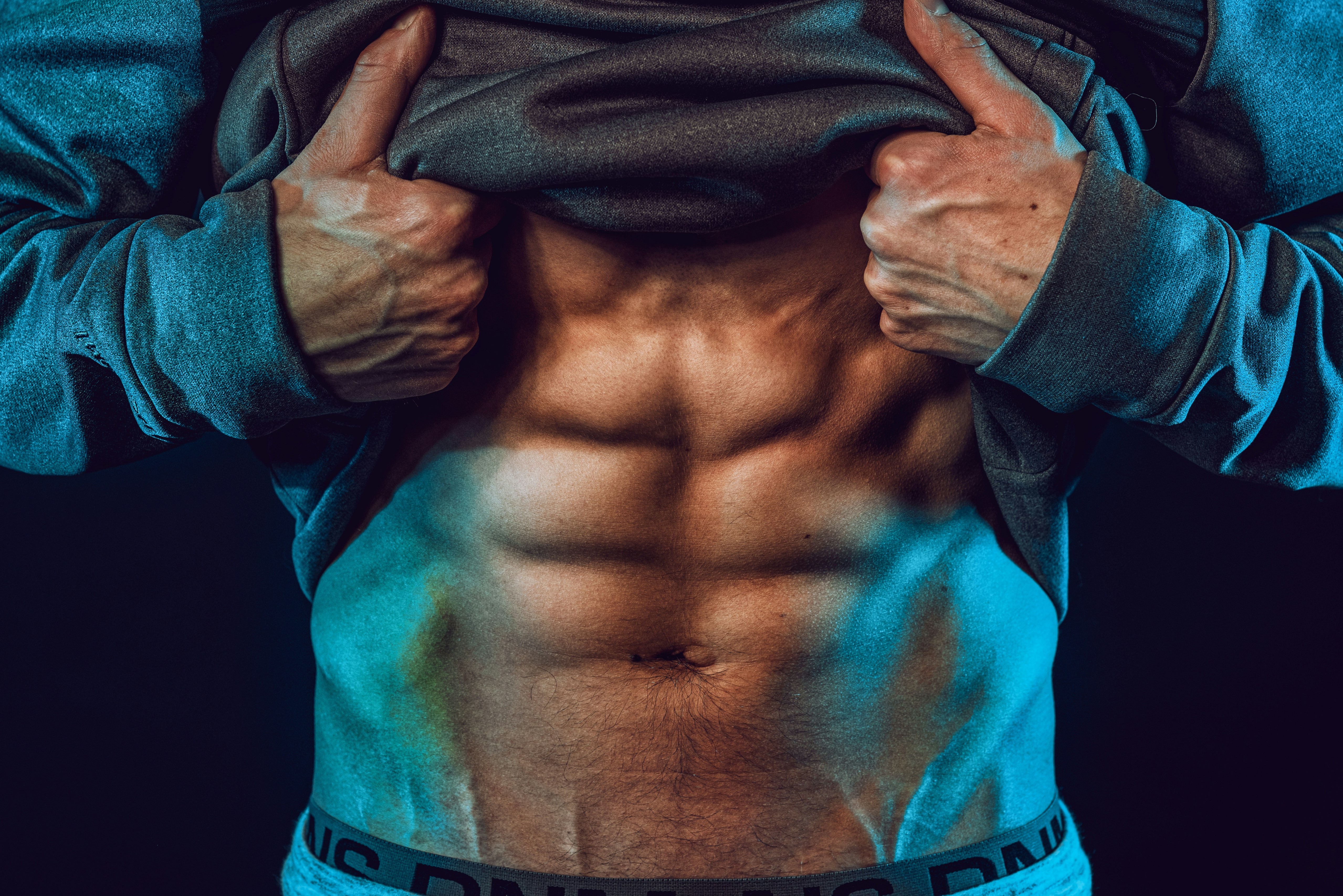Does muscle weigh more than fat? If you’re building muscle, will it make you weigh more? Can you build muscle and lose fat at the same time? These are all questions many people have about their workout routine. In this article, we’ll look at muscle building and the differences between muscles and fat in your body.
What is the difference between muscle and fat?

Fat is the body’s way of storing energy, but it also plays a genuine role in the body as part of the endocrine system (which regulates hormones). Fat can help control your insulin sensitivity and immune system, as well as keep you warm in cold temperatures. You need some amount of fat storage for your body to function properly, but most people have too much.
Muscles are, of course, what you use to move your body, from your smallest finger to your back and core. Muscle cells require energy just to sustain them, so having a higher muscle mass means you’ll burn more calories, even when you’re not doing anything.
Does muscle weigh more than fat?

Technically, no — one pound of muscle is equivalent to one pound of fat when it comes to weight. However, muscle takes up less space, as muscle is denser than fat.
This means that a person with 200 pounds of mostly muscle will appear slimmer than a person with 200 pounds of mostly fat. That’s one reason why the BMI, or Body Mass Index, isn’t completely reliable — a bodybuilder with a large amount of muscle gets the same BMI score as an obese person.
Can muscle and fat look different on people?

Yes, fat and muscle often look different depending on the person. For example, different people usually store more fat in different areas of their body, so one person might have fat appear mostly in their stomach, while another might carry it mostly in their legs. That variation is greater in women than in men.
The appearance of muscle will vary depending on the person, too. Some people find it easier to gain muscle in their core or arms, and variations in workout habits will also create differences. Full-body workouts are best for a balanced physique, but if you work out each part of the body individually (arm day, leg day, etc.), make sure you keep them balanced and don’t focus too much on any one area.
What happens if you have too much body fat?

Too much body fat can cause you to be overweight and obese. Obesity is an epidemic in the United States and in many other parts of the developed world because of the ever-increasing availability of fatty and sugary processed foods. Being overweight or obese, which really means having too much body fat, increases your risk of heart disease, strokes, diabetes, and even complications from COVID-19.
What are the benefits of having more muscle mass?

Increased muscle mass reduces your risks of heart disease and diabetes, possibly because higher muscle mass correlates with lower fat levels. As mentioned above, muscle mass also burns more calories than other types of body mass, even at rest.
Tips for building muscle while losing fat

Watch what you eat
Your diet can make a big difference in your body composition. Eating more protein and less fat can help you gain muscle and lose fat at the same time. This is called body recomposition, which means deliberately changing your body composition.
Choose the right exercises
Most people choose cardio exercises for weight loss since the activities burn a lot of calories, but strength training is much more effective for building muscle than cardio. You can reduce weight and fat by lifting weights and increase muscle mass while you’re at it.
Expect slow progress
Trying to gain muscle and lose fat at the same time is harder than trying to do one or the other on its own. You need to consume enough calories so that your muscles can easily grow, but too much will make your body store more fat. The exercises that result in the most weight loss tend not to match the exercises that build the most muscle. It’s possible to do both things at once, but you should expect that your progress will be slower because simultaneously gaining muscle and losing fat is difficult.
Frequently asked questions

Why am I gaining weight but looking thinner?
It is possible to gain weight but appear thinner if you are losing fat and building muscle at the same time. Since muscle is denser than fat, it can produce more weight in less space, causing you to look thinner while weighing more.
How to tell if you’re gaining muscle or fat when gaining weight?
It can sometimes be hard to tell, but the best way is just to look in a mirror. If it looks like your muscles are gaining definition, you’re probably gaining muscle, but if some areas are starting to look soft or to sag, you might be gaining fat instead.
Do you weigh more if you are muscular?
Generally speaking, yes. If you take two people who are the same height and the same fat percentage, but one has more muscle, the one with more muscle will weigh more. However, your weight depends on many other factors as well.




